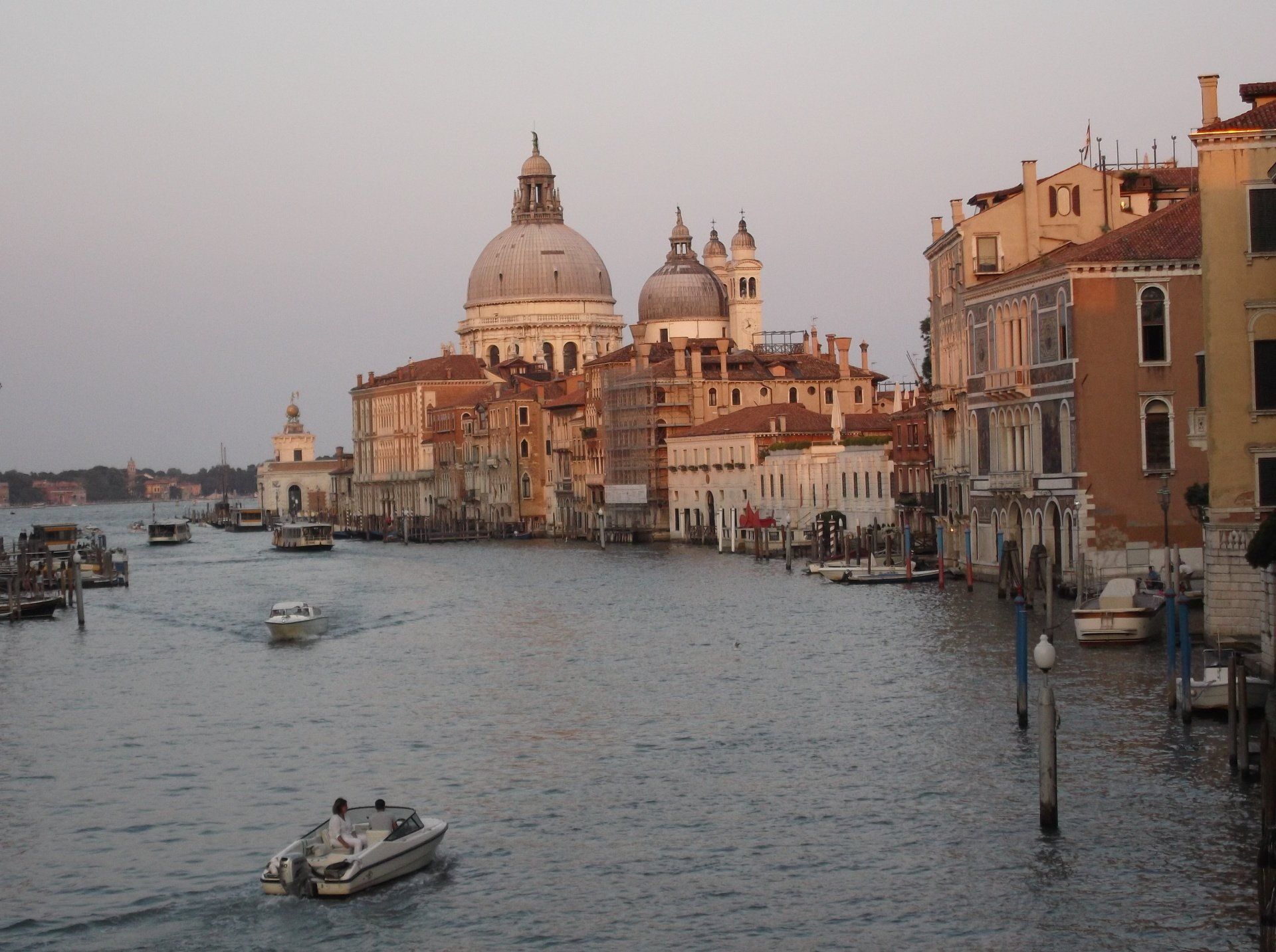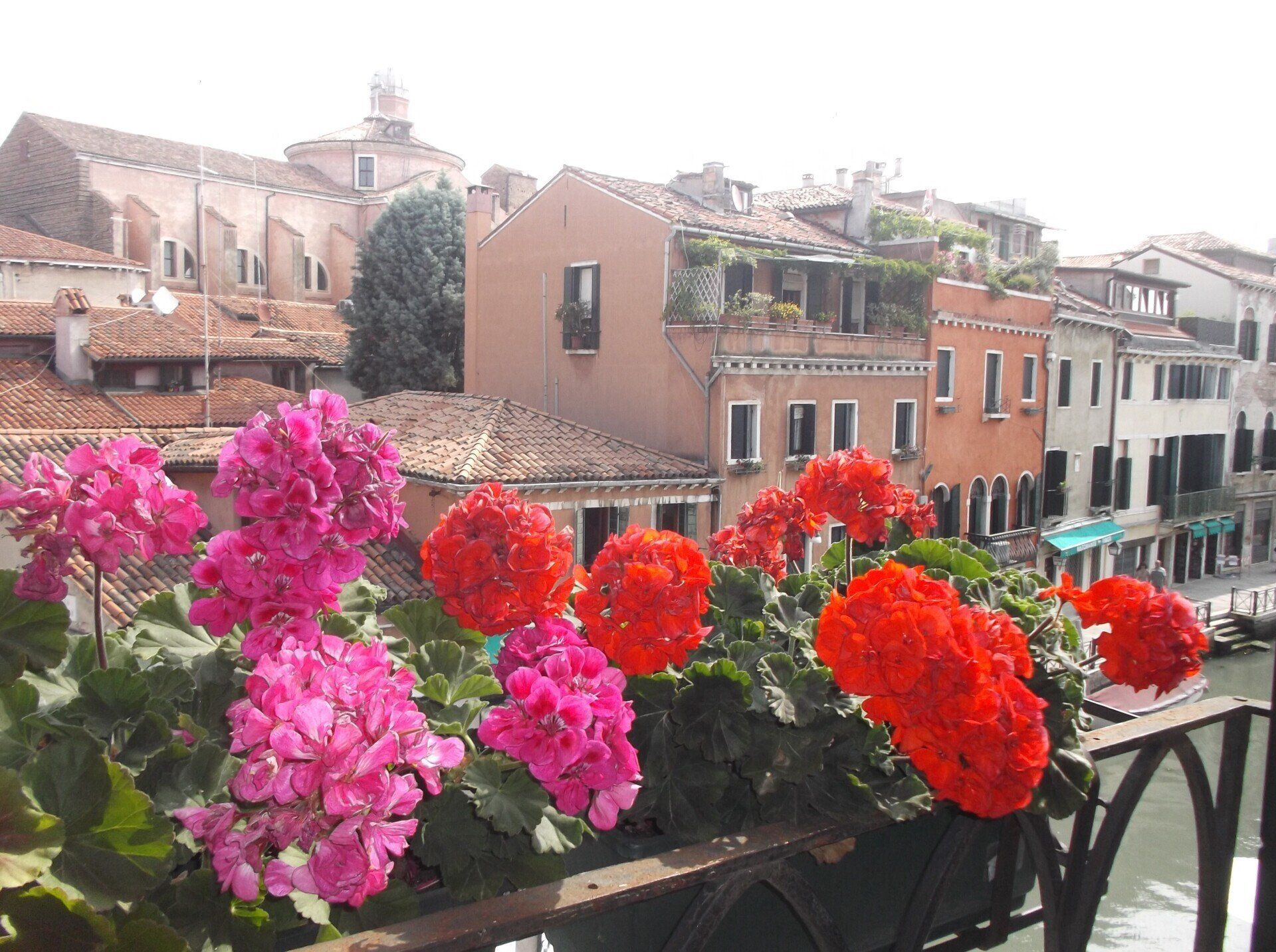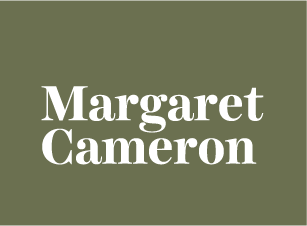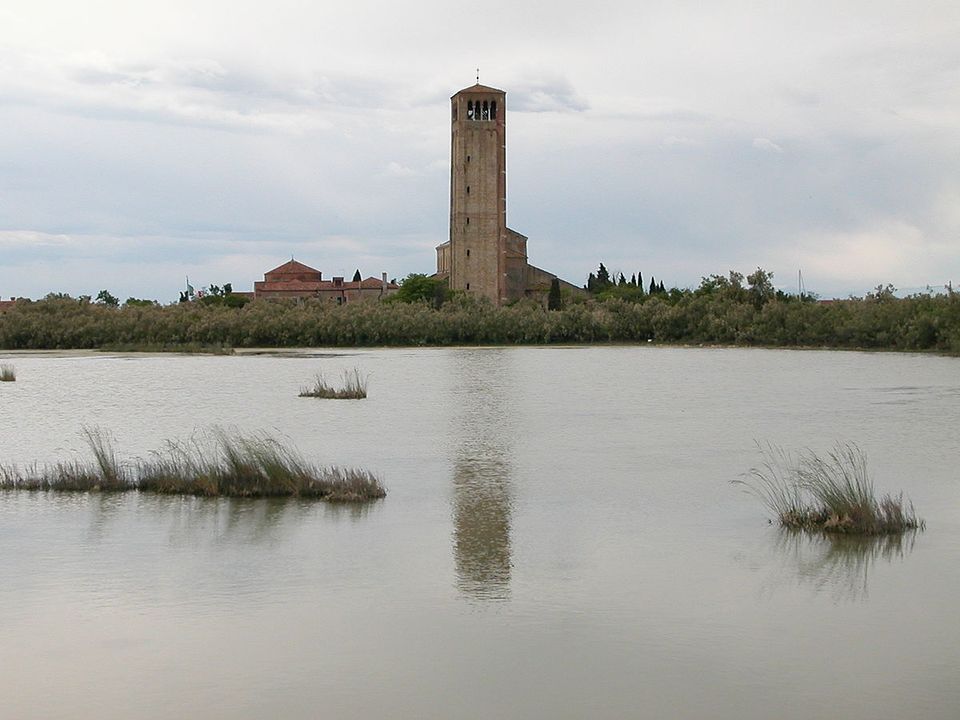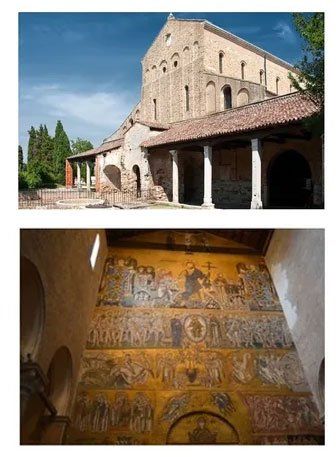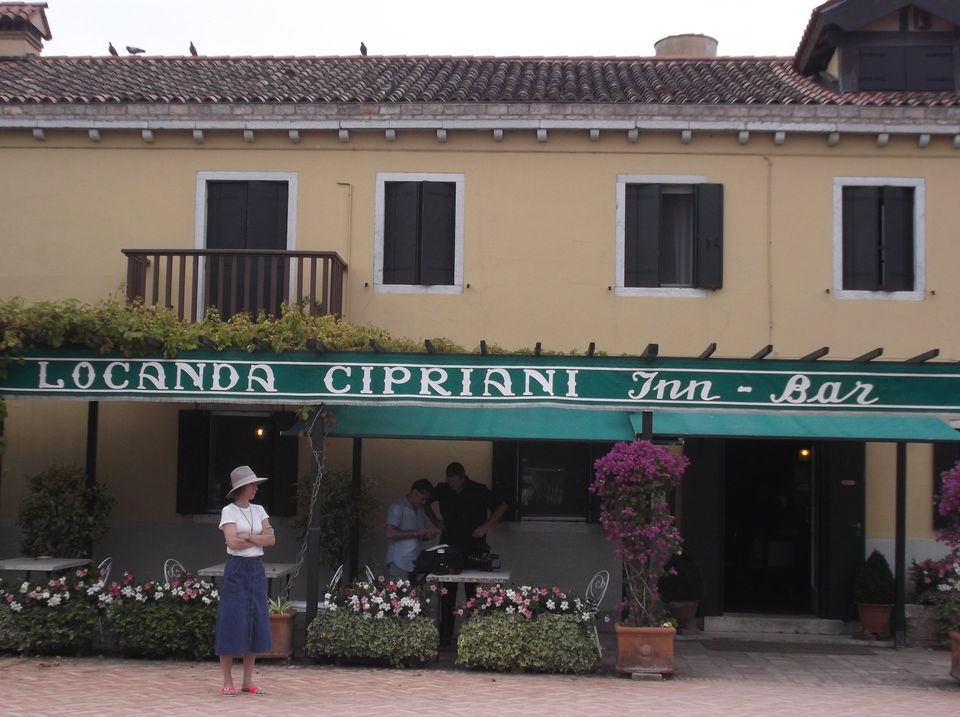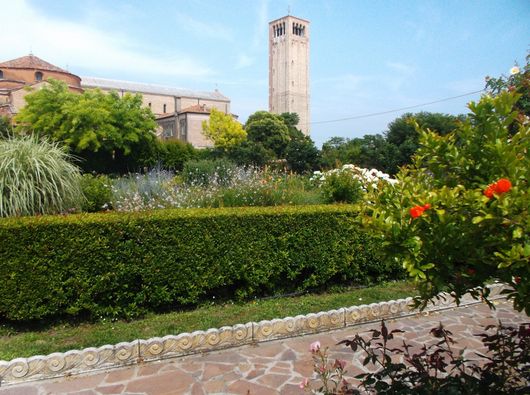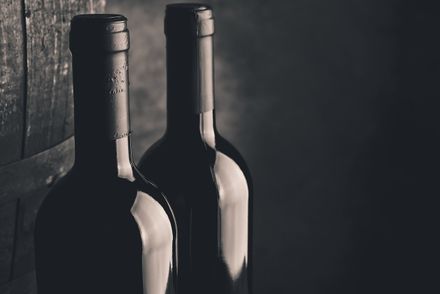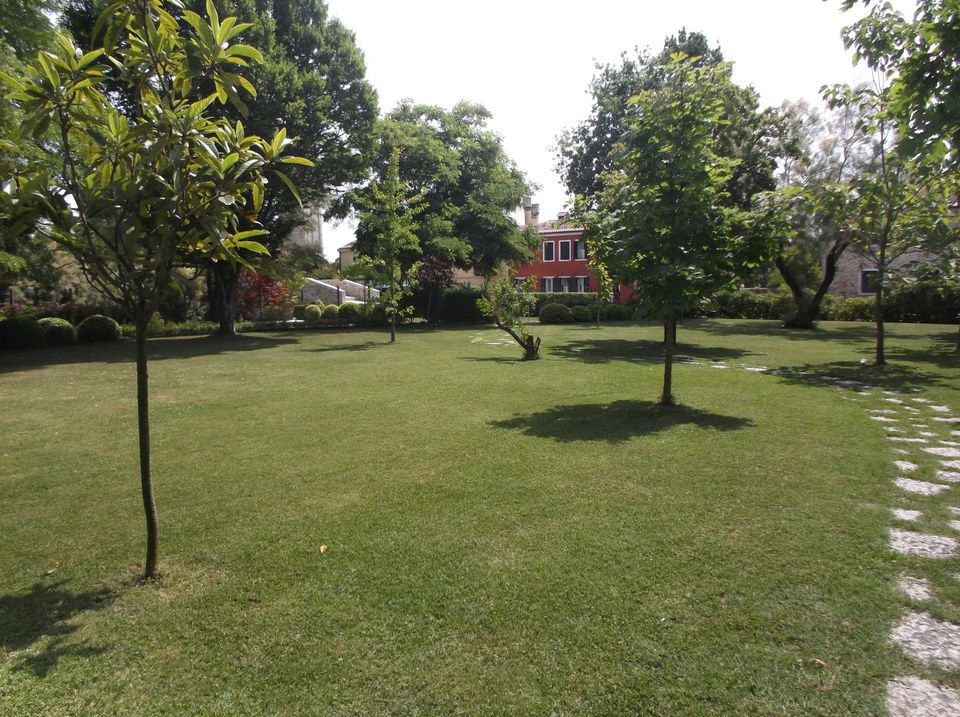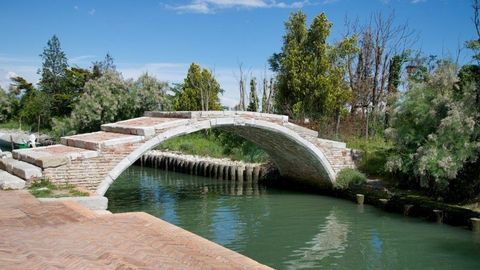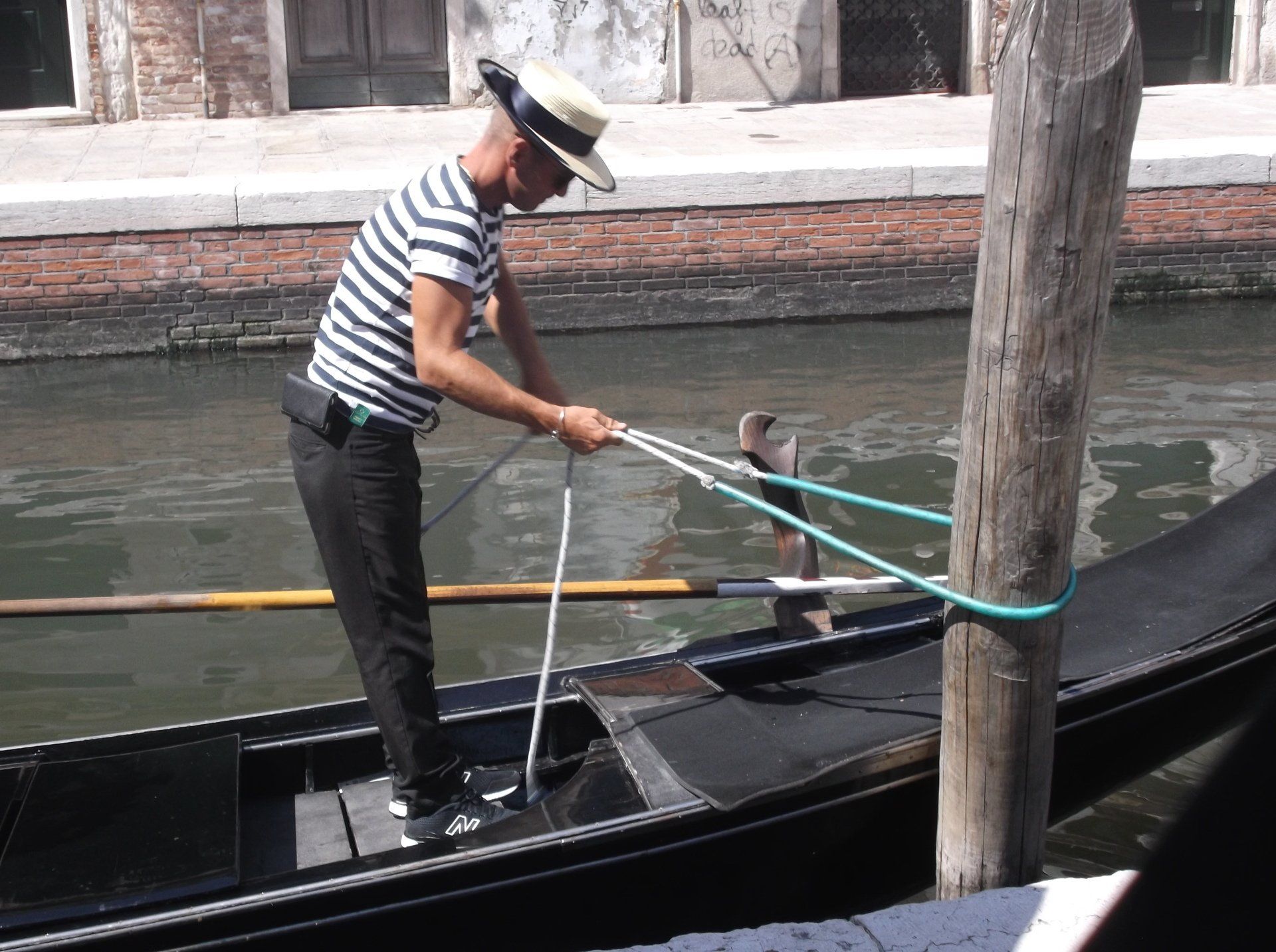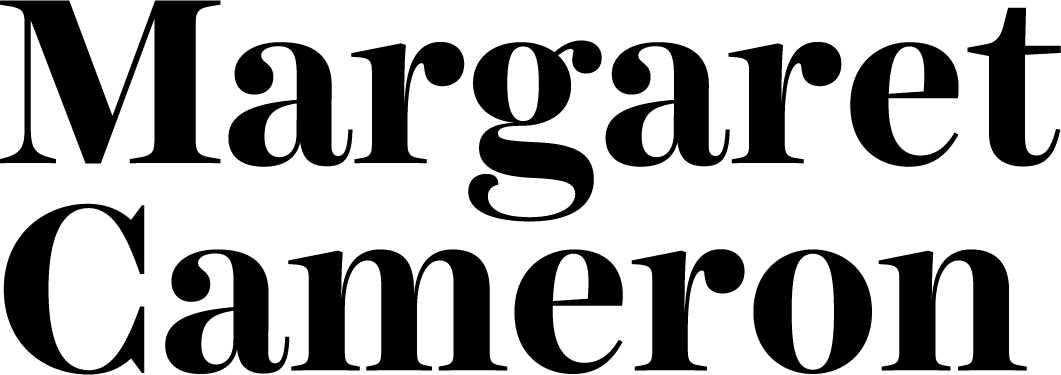GETTING AWAY FROM IT ALL
Sometimes everything gets a bit much. Too many churches stuffed with artwork and crying out to be visited. Too many museums waiting to be ticked off the must-see list. And all those designer-label shops, hoping for my Visa card - don't even get me started on that one.
I love Venice as much as the next person, but now and then I just want out. And when I feel that way I catch a vaporetto and head to the far north of the lagoon. The distant island of Torcello is my go-to.
Torcello is where Venice began. Here, in a marshy, far flung-lagoon, refugees found safety from the marauding barbarians who descended on the Italian peninsula following the decline of the Roman Empire. The island's first settlers arrived in the firth century, and its population peaked at 20,000 during the fourteenth century. Today just twenty people call Torcello home. A visit to the cathedral of Santa Maria d'Assunta, built in 639 - Venice's first cathedral and the oldest building in the lagoon - connects me with the city's past. I crick my neck to look at the mosaics on the rear wall: sinners falling into the flames of hell as Lucifer has a jolly good laugh. A concern for some, perhaps.
Unsettled nerves can be settled with a cappuccino - or something stronger - just along the road at the Locanda Cipriani. A cute-as-a-button country inn, it's where Ernest Hemingway lived as he worked on his novel "Across the River and Into the Trees."
But the reviews which followed the publication of 'Across the River and Into the Trees' fell short of previous acclaim. Was it because Hemingway was distracted by the beauty of his workplace and glanced up too often? I wonder. Always partial to a drop, EH developed a fondness for a Verona red wine. Each night at ten o'clock he retired to his room with six bottles. Staff would find the empties in the morning.
Not far away there's another garden, at Villa 600. (I'm not working on a commission basis here, just passing on information that may be useful on a future visit.) I sit in the rambling garden, under a tree, for hours. I listen to the hum of insects and the craw of lagoon frogs and type away until my laptop battery runs down. A spritz or two helps the creative process. Way to go.
And when I do up sticks and head back to the vaporetto, I pass by the Ponte del Diavolo (Devil's Bridge).
It's built without sides, in the ancient Venetian manner. Legend associates the bridge with a sorry tale of love and death and holds that each year, on December 24th, the devil crosses the bridge in the guise of a black cat.
The devil gets me. I usually give in to temptation and enjoy a late lunch at Osteria al Ponte del Diavolo (truly, no commission). Another fantastic garden and the best of Venetian food. My favourite is grilled eels from the lagoon, served with polenta. My favourite is a traditional Venetian dish - grilled eels from the lagoon, served with polenta. Chocolate and mint mousse rounds out the calorie extravaganza.
History. Beauty and serenity. Good food. What better way to get away from it all. A trip across the lagoon takes me back to Venice, my beloved city. We just needed some time apart. It happens in the best of relationships.
